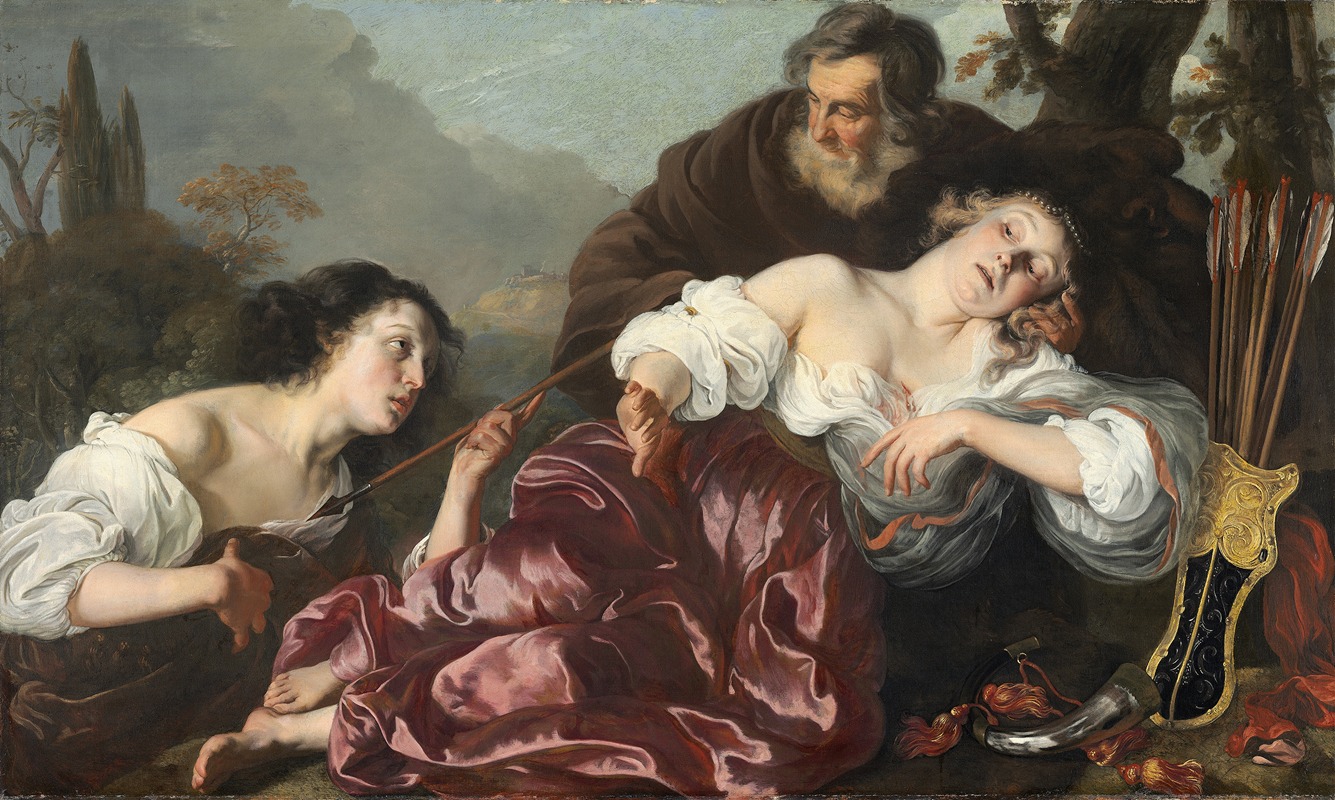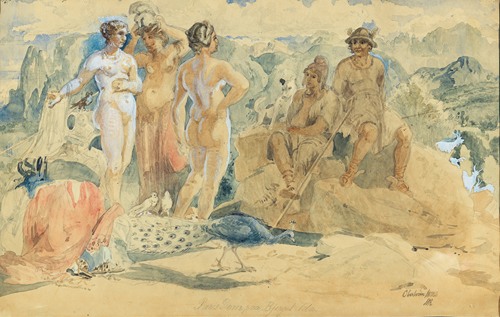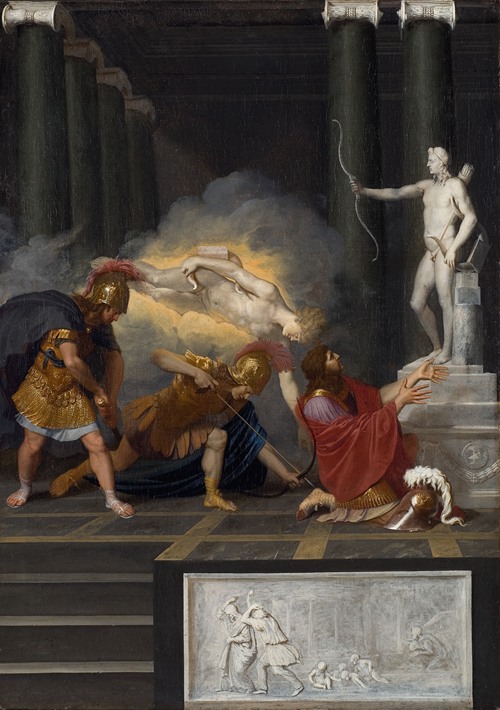
The first and only document that refers specifically to Louis Vallée is the register that records his burial in Amsterdam’s Oude Kerk on May 28, 1653. According to the register, he had been living in the Warmoesstraat in Amsterdam. Beyond this, nothing is known of Vallée’s biographical details. He seems to have worked mainly in the province of Holland. Between 1646 and 1652, when he signed and dated a portrait of the Druyvesteyn children of Haarlem, Jan Sysmus, an Amsterdam physician, mentions another group portrait that Vallée painted, comparing its style to works by Govaert Flinck.
Although nothing is known about Vallée’s training, his rare works, most of which are portraits or history paintings, suggest the influence of the Amsterdam painter Jacob Backer (1608–1651), and it is possible that he studied with this older master.Vallée’s family origins are most likely French, as was the case with architect Simon de la Vallée (c. 1590–1642), who emigrated from Paris to The Hague, where he worked for Prince Frederik Hendrik from 1633 to 1637.














